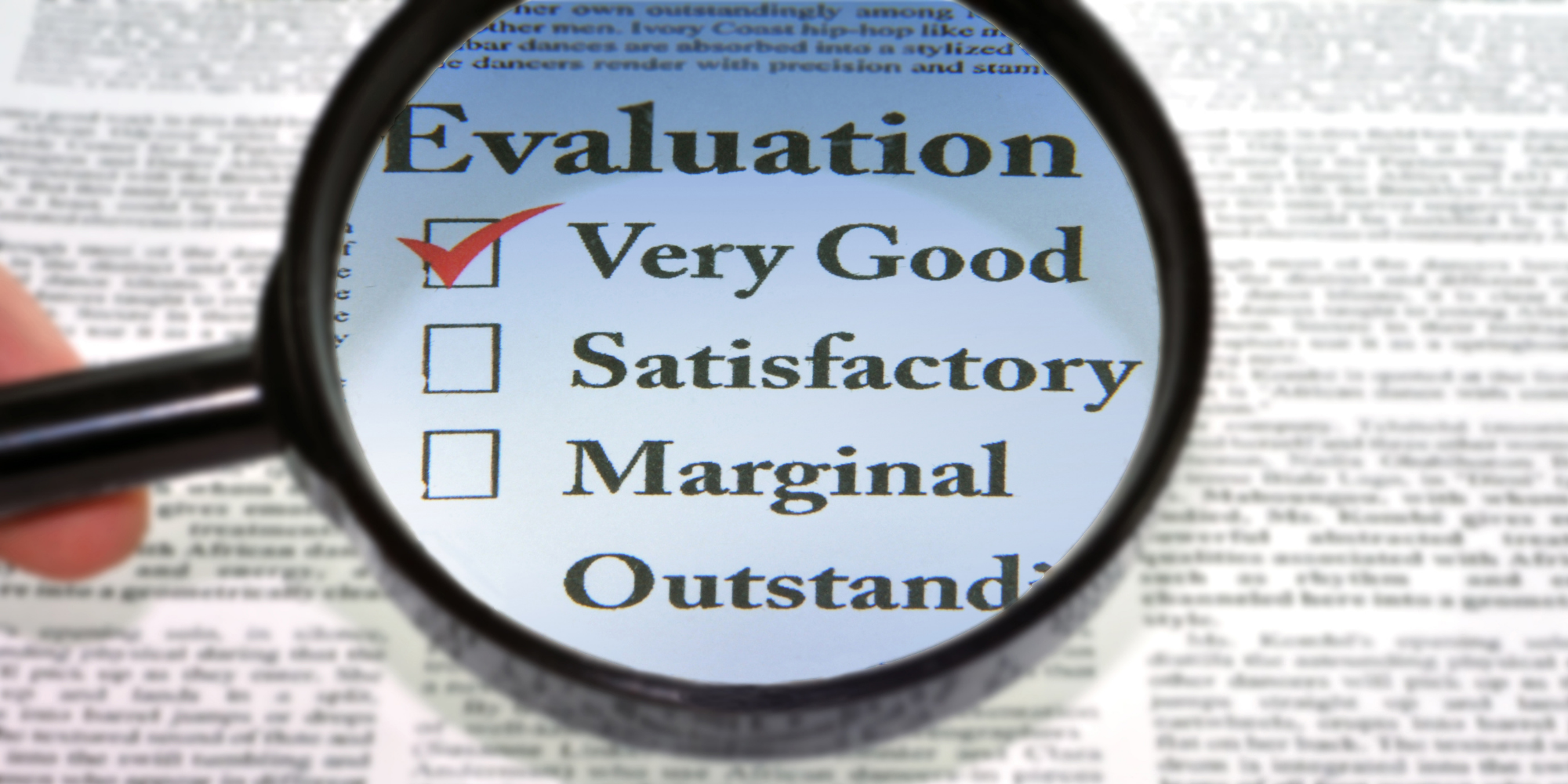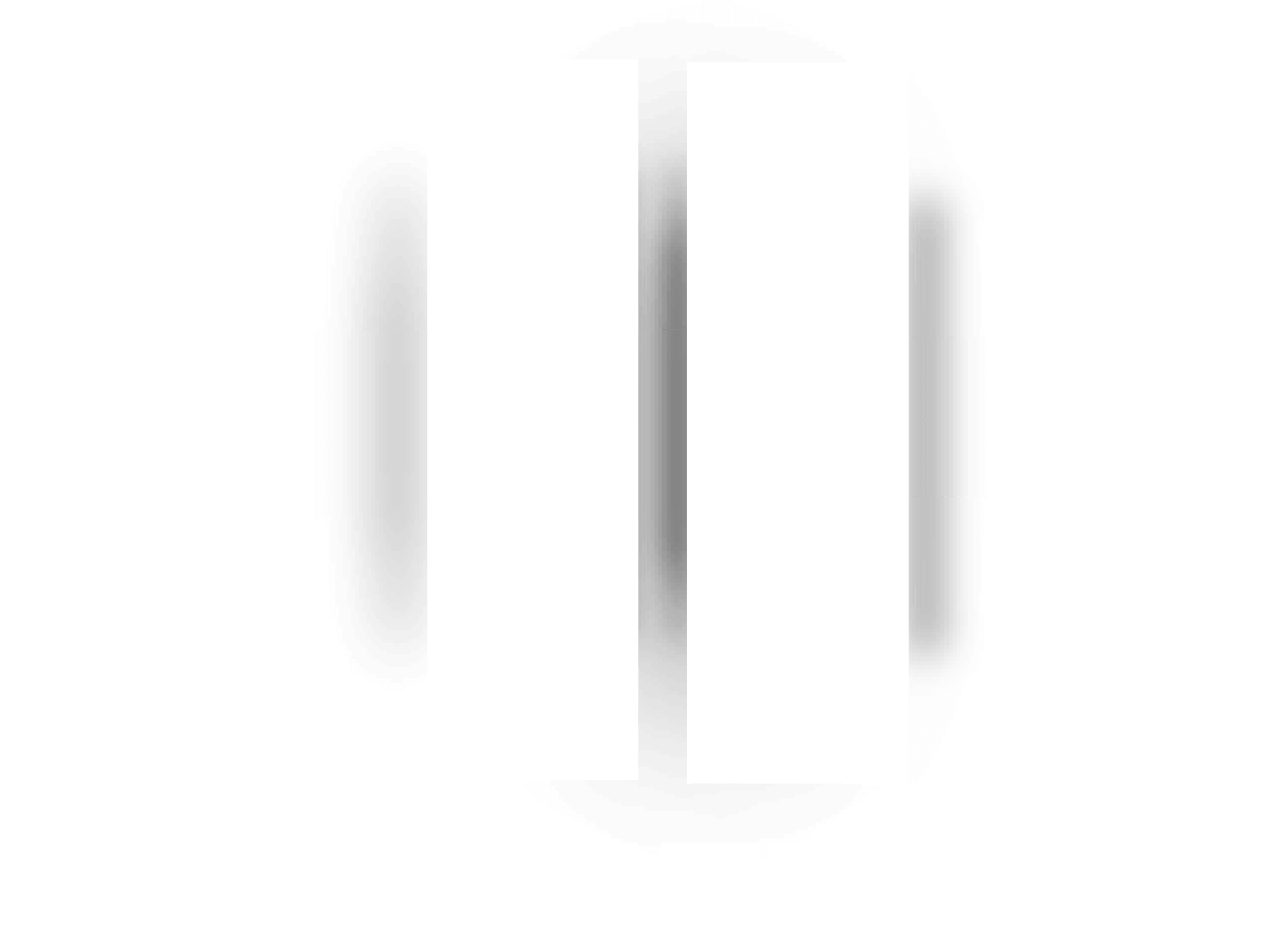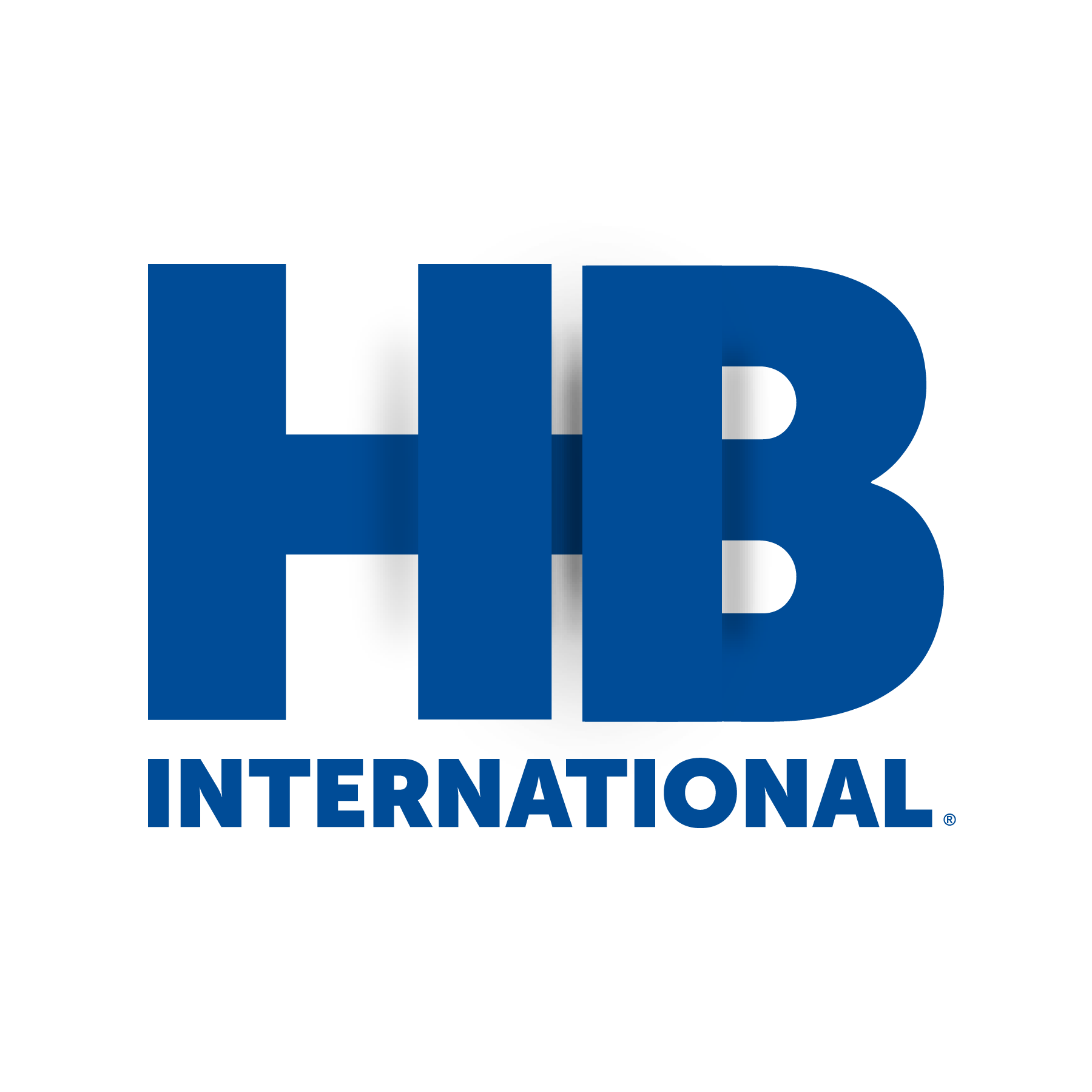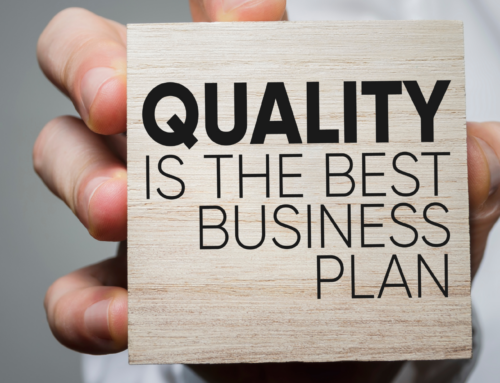Now’s The Time to Reflect and Evaluate: Pursuing Quality in 2022
While 2020 was a year unlike any of us have ever experienced, 2021 has had its trials and tribulations, as well. As we get closer to 2022, now is the most suitable time to reflect, review and evaluate your business and personal successes, as well as areas that may need strengthening. If you’re looking to start the new year off with a “clean slate” or “fresh start,” make time to identify your 2021 achievements. What happened this year that allowed your business to thrive? How did your business become better? What is your current business culture like? Do your mission statements and business goals reflect the successes you had in 2021?
![]()
Whatever the case may be, it’s essential to utilize the time you have right now and ensure that you, your team, and your business celebrate your achievements while also communicating appropriate goals for next year. The sooner you address these, hopefully, the better you’ll be able to display the needs of your business and be able to begin at the start of the new year.

November 23, 2021
![]()
Looking to Improve Supplier Performance?
The inability to travel internationally has truly limited our face-to-face connections with suppliers, even our teammates. However, as a business “continues as usual,” communication with suppliers is paramount.
For the past two years, many factors have pressed our suppliers into frenzies, such as the disruptions of our supply chain, supplier power limitations, reduced workers, lack of raw materials, inability to produce at total capacity, and increased outside expenses. Unfortunately, many of these are out of our control; however, having the ability to continue working closely with suppliers and engage in effective communication virtually will only help strengthen the relationship you have and the consistent quality and products that are produced.

Supplier Development & Cultivating Relationships
Looking to switch suppliers? Try not to give up just yet! You may want to evaluate the process and adverse effects of supplier switching before you ultimately make that decision. Supplier switching is a high risk. There are many uncertainties such as the unknowns of product quality, lead times, flexibility, how they interact with their customers, terminating an existing relationship, and any other transitional situations that you may experience.
Fortunately, there are ways that you and your business can work to foster the relationship between your current supplier before deciding to discontinue your partnership. Relationships are a two-way street. Focus on “How can we work together and support each other to ensure we’re both successful?” If quality is the goal, then the relationship you have with your supplier will only affect the quality of your product. Set the tone, communicate your goals, and make sure that your goals are suitable for both you and your supplier.
![]()
Looking to Improve Production Quality?
Perhaps you’re in a situation where your supplier possesses all of the most technical advancements and capabilities for production; yet, their quality seems to be inconsistent? Is the machinery suitable for display? Is it precise enough to meet your product specifications for production? Products have specifications for a reason: to meet safety regulations, industry requirements and ensure the product is functional for consumer use. While these may seem obvious, even the slightest manipulation of product development can alter the function or durability. For these very reasons, ensuring your supplier is equipped with machinery that can handle the product’s precise specifications while producing a quality product is critical.
Is the raw material that is being used for your product within specifications? While we may hate to admit that these quality measures are sometimes overlooked and can certainly hinder production, avoiding these quality fiascoes should be recognized during the product design and development phase to confront these various situations before they become an expensive liability. Product defects or quality complications are often due to neglect or a lack of detail within the product development phase. Still, they can be quickly detected by trusted Quality Teams to ensure these concerns are swiftly identified and corrected before production.
![]()
First Article (FA) & Pre-Shipment Inspection Schedules
Ensuring that your supplier produces quality products takes effort, and one way to monitor developments is through pre-production and pre-shipment inspections. Before giving the “go ahead” for mass production, ensure that all processes and products are being prepared and developed according to plan. Ultimately, the objective of a pre-production inspection is to ensure the supplier’s techniques and product specifications are approved and meet requirements.
First Article (FA) sampling includes a pilot run of your product. It allows your supplier an opportunity to run a small batch or “prototype” of your product to ensure specifications are being met. While it’s still a tiny glimpse of what will occur during mass production, it allows teams to identify any concerns before the entire product order is produced. Does your product have a specific color? One advantage of these pilot runs is to ensure the printed samples match the Pantone color. Consider the expenses of waiting for an entire production to finish, only to find out that the Pantone color doesn’t match your product after all of your product has been produced.
Order complete and ready to ship? Before your order hits the water, Quality Teams have the opportunity to conduct random sampling from the order to ensure all quality expectations and product specifications are met. It’s much easier to find out that a product’s conformity isn’t acceptable at the supplier’s site than in your consumer’s hands. While pre-shipment inspections are a systematic process, it does save on costs for unwanted or defective products. Your quality products are a way that you communicate with customers. At the end of the day, if you’re speaking high-quality, reliable products to your consumers, you’ve established trust and quality culture within your relationship.
![]()
How Can HB International Help?
We ensure that your product communicates your quality culture by facilitating your project expectations to our hand-selected suppliers. We continue to build unique relationships with our suppliers and customers who truly value the quality culture we all deserve. Through each phase of your project’s life cycle, our team is there to ensure quality is at the forefront in every decision we make. At the end of the day, it’s about cultivating relationships with our customers and suppliers to ensure your products are safe, reliable, and functioning for your consumers.





